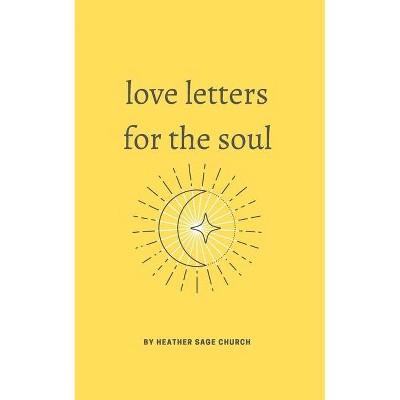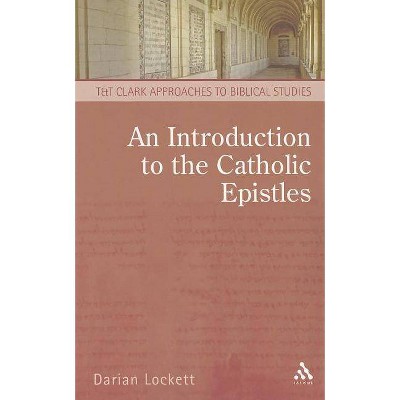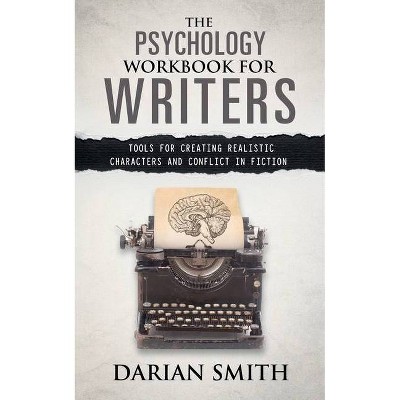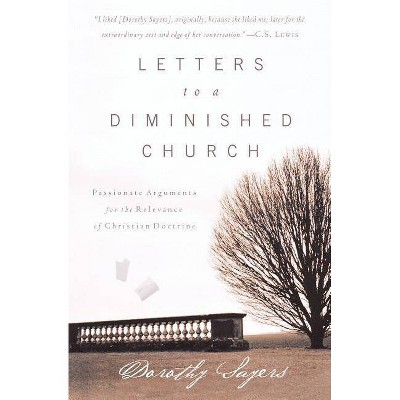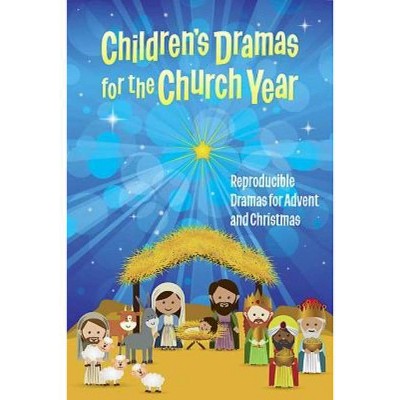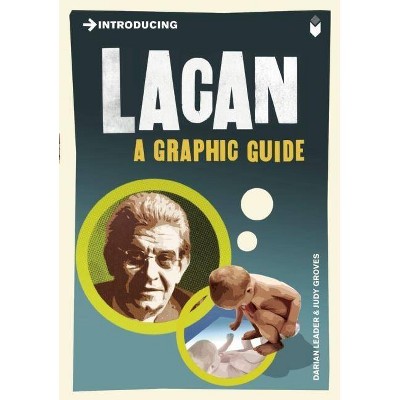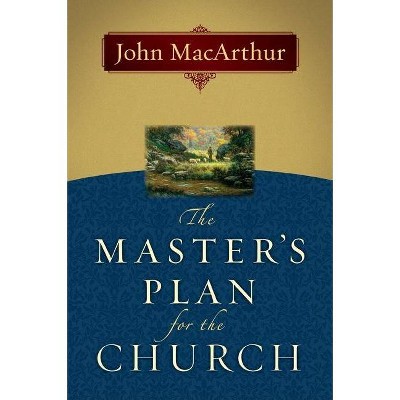Letters for the Church - by Darian R Lockett (Paperback)
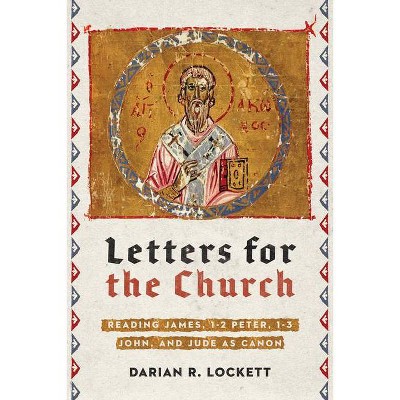
Similar Products
Products of same category from the store
AllProduct info
<p/><br></br><p><b> About the Book </b></p></br></br><p>The Catholic Epistles often get short shrift. But Darian Lockett contends that these seven letters provide a unique window into early Christian theology and practice. Emphasizing the epistles' interconnected vision, each chapter in this refreshing resource outlines one of the letters, traces its flow of thought, and explores shared themes with the other Catholic Epistles.</p><p/><br></br><p><b> Book Synopsis </b></p></br></br><p> <strong>The Catholic Epistles often get short shrift.</strong> Tucked into a few pages near the back of our Bibles, these books are sometimes referred to as the non-Pauline epistles or concluding letters, maybe getting lumped together with Hebrews and Revelation. Yet these letters, Darian Lockett argues, are treasures hidden in plain sight, and it's time to give them the attention they deserve. In <em>Letters for the Church</em>, Lockett reveals how the Catholic Epistles provide a unique window into early Christian theology and practice. Based on evidence from the early church, he contends that the seven letters of James, 1-2 Peter, 1-3 John, and Jude were accepted into the canon as a collection and should be read together. Here Lockett introduces the context and content of the Catholic Epistles while emphasizing how all seven letters are connected. Each chapter outlines the author, audience, and genre of one of the epistles, traces its flow of thought, and explores shared themes with the other Catholic Epistles. The early church valued the Catholic Epistles for multiple reasons: they defend orthodox faith and morals against the challenges of heretics, make clear that Christianity combines belief with action, and round out the New Testament witness to Christian faith and life. By introducing the coherent vision of these seven epistles, <em>Letters for the Church</em> helps us rediscover these riches.</p><p/><br></br><p><b> Review Quotes </b></p></br></br><br><p>All introductions to the Catholic Epistles offer helpful guidance for understanding the context and the content of each of the seven letters individually. Lockett's <em>Letters for the Church</em> does this exceptionally well and is worth reading for this reason alone. With this book, however, what Lockett uniquely brings to the table is a sustained reflection on how these seven letters relate to one another, and how they together give us insight into the theology and practice of the early church. Readers will find this approach to be fruitful and illuminating.</p>--Kelly D. Liebengood, dean of the school of theology and vocation, professor of biblical studies and theology, LeTourneau University<br><br><p>Darian Lockett has provided a richly needed resource on the Catholic Epistles collection for the church and the academy. He introduces the need to read the letters of James through Jude <em>as a collection</em>, and deftly draws connections between the letters even as he guides the reader through each text. For those of us who love these letters for their wealth of practical wisdom, this book is a gift. For those who have not spent extensive time in these letters, this book is a necessity.</p>--Mariam Kamell Kovalishyn, assistant professor of New Testament at Regent College, Vancouver<br><br><p>Darian Lockett knows the books of James through Jude well, having written about them extensively. This helpful primer on the Catholic Epistles, which takes a canonical-collection approach, will help readers think carefully about the meaning of these letters and their relevance for today. Here also is a reminder why we need all of Scripture.</p>--Brandon D. Crowe, professor of New Testament at Westminster Theological Seminary and book review editor for the Westminster Theological Journal<br><br><p>Darian Lockett provides a helpful and lucid reading of the letters by James, Peter, John, and Jude as a coherent collection of writings that address common concerns in the life of the church. His analysis shows, however, that these documents do not simply agree with each other but are part of an organic whole that provides a deeper understanding of each document, the life of the early church, and the balance of the New Testament canon.</p>--Félix H. Cortez, associate professor of New Testament literature at Andrews University<br><br><p>What do the epistles of James, Peter, John, and Jude have in common? They are often either neglected or cherry-picked for a few key themes, like faith and works (James) or God is love (1 John). Darian Lockett, an accomplished researcher in this field of study, removes these letters from the shadows by combining patristic evidence, the best of contemporary scholarship, and his own keen reading. His concise, direct, and sometimes passionate style results in a remarkably full historical introduction and canonical exposition of all seven Catholic Letters in under three hundred pages. Pastors, students, and other serious Bible readers will find here fresh insight and understanding based on solid learning and due reverence for the treasures these letters contain.</p>--Robert W. Yarbrough, professor of New Testament at Covenant Theological Seminary<br>
Price History
Price Archive shows prices from various stores, lets you see history and find the cheapest. There is no actual sale on the website. For all support, inquiry and suggestion messagescommunication@pricearchive.us
